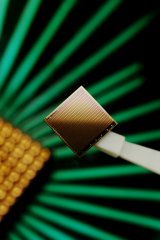Saturday, September 30, 2006
Saturday, September 30, 2006
Saturday, September 30, 2006
Saturday, September 30, 2006
Saturday, September 30, 2006
Saturday, September 30, 2006
Monday, September 25, 2006
Sunday, September 24, 2006
Sunday, September 24, 2006
Sunday, September 24, 2006
Saturday, September 23, 2006
Saturday, September 23, 2006
Saturday, September 23, 2006
Saturday, September 23, 2006
Saturday, September 23, 2006
Saturday, September 23, 2006
Saturday, September 23, 2006
Saturday, September 23, 2006
Saturday, September 23, 2006
Friday, September 22, 2006
Friday, September 22, 2006
Friday, September 22, 2006
Friday, September 22, 2006
Thursday, September 21, 2006
Thursday, September 21, 2006
Thursday, September 21, 2006
Thursday, September 21, 2006
Thursday, September 21, 2006
Thursday, September 21, 2006
Wednesday, September 20, 2006
Wednesday, September 20, 2006









 TrainSignal Lab 19 | E-Learning
TrainSignal Lab 19 | E-Learning
 AutoCAD 2007 For Dummies
AutoCAD 2007 For Dummies











